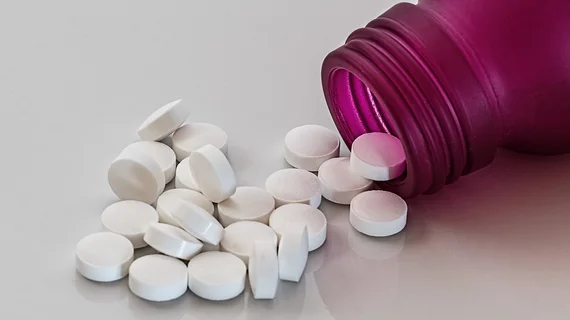Basing US drug prices on an international reference could save billions
The U.S. has a drug cost problem, with the price of prescription medications soaring over the last few decades. While many countries use external reference pricing to help determine prices, the U.S. seems to have a blind spot when it comes to looking at what other countries pay for drugs.
And adopting the prices of other countries could potentially have helped save Medicare part D as much as $72.8 billion in 2018, as drug prices in the U.S. averaged 3.2 to 4.1 times higher after rebates compared to the U.K., Japan and Ontario, Canada, according to a study published in Health Affairs.
Researchers looked at the largest price differentials and contributing factors of 79 drugs, specifically focused on Medicare Part D. The drugs selected met the researchers’ criteria and accounted for 40% of all Medicare Part D drug spending and 52% of total Medicare Part D spending on single-source drugs.
Across the 79 drugs, price variations between the U.S. and other countries were wide, representing $56.6 billion in Medicare Part D spending in 2018. Pre-rebate U.S.-to-foreign price rations ranged from 1.3 to 70.1. For example, the U.S.-to-U.K. price ratio for a multiple myeloma drug, Pomalyst, was 1.4, while the ratio for Premarin, a postmenopausal symptom drug, was 70.1.
When the three international references––the U.K., Japan, and Ontario, Canada––were compared, the price rations were “similar and close to 1.0 for most drugs in pre-rebate comparison,” first author So-Yeon Kang, MPH, a research assistant in the Department of Health Policy and Management at Johns Hopkins Bloomberg School of Public Health, and colleagues wrote. “This suggests that these three high-income countries pay similar prices for drugs, while the U.S. is an outlier, paying much higher prices.”
The savings in 2018 to the Medicare program of adopting the U.K. price would have been $78.8 billion, while setting the U.S. price at three times the pre-rebate U.K. prices would still save $19.8 billion. Researchers also found that U.S. drug companies were likely raising their prices of established drugs––those that have been on the market for at least three years––while many other countries are prohibited from doing so.
The findings come at a time when the Trump administration is mulling a rule that to base Medicare Part B drugs, which are typically offered in a heathcare setting such as a doctor’s office, on an international pricing model.
Researchers also offered four potential ways the drug industry might react if Medicare were to implement external reference pricing in the U.S. If they couldn’t raise prices on established drugs, companies could raise the launch prices of new drugs substantially, requiring further regulation. Companies could also reduce rebates offered to Medicare and other purchasers, though the rebate system is potentially on the chopping block by the Trump administration. Third, bringing external reference pricing to the U.S. could aggravate international price opacity, researchers predicted, which could make future price comparisons more difficult. Lastly, new drug launches could even be delayed in reference countries.
Policymakers have several opportunities to leverage external reference pricing in the U.S. that could offer significant savings to the Medicare program and improve the affordability for patients.

